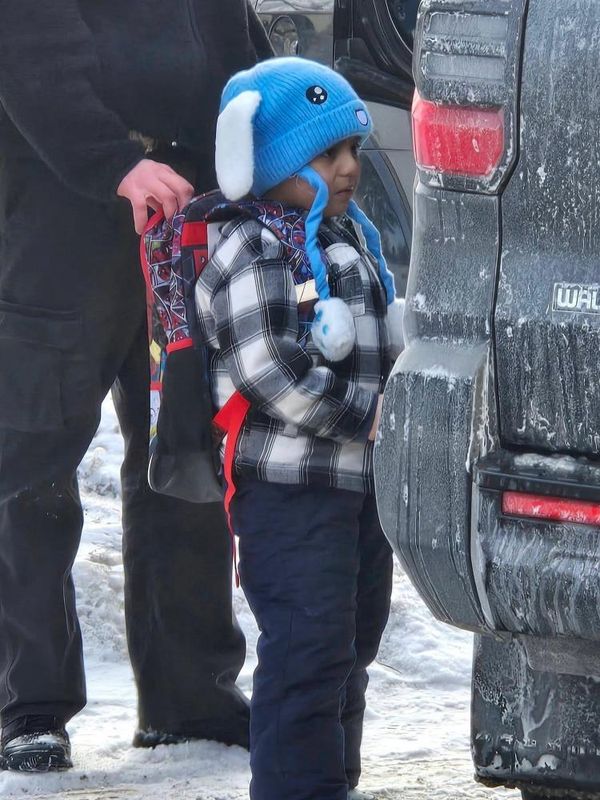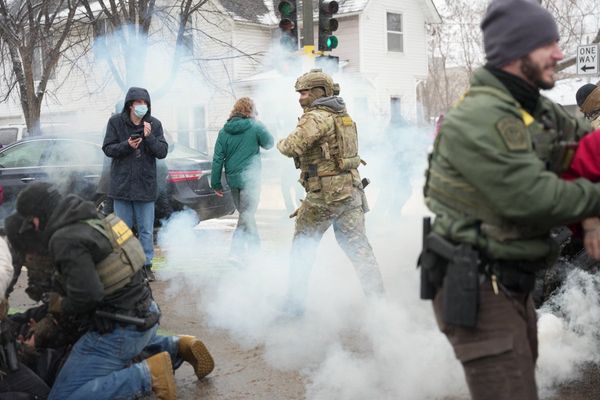
In the wake of storms of the near future, swarms of drones could replace helicopters and planes, providing emergency crews with more rapid and accurate data on the coming threats of lightning-sparked bushfires or flash floods heading for homes.
Authorities now rely on satellites, which require clear weather during daytime and may only provide resolution down to 10 metres. Alternatively, pilots of aircraft may burn as much as $3,400 worth of fuel an hour and often can’t fly for safety reasons.
Enter firms such as Sydney-based Carbonix, a developer that started out designing America’s Cup racing yachts before changing tack to make drones capable of flying eight hours or longer with resolution fine enough to read words on a piece of paper.
Dario Valenza, chief technology officer and founder of Carbonix, says thermal cameras on the drones could quickly verify fires started by lightning in remote regions, helping to direct fire crews to the scene “with only a few per cent of the fuel” used by conventional aircraft that might have their operations curtailed by weather.

“The advantages are really being able to get information that you can use to make decisions and interventions,” says Valenza. “There’s now an industry that didn’t exist before”, combining autopilots, sensors, batteries and ultra-light carbon fibre frames.
Drones were identified in the bushfire royal commission and the NSW bushfire and flood inquiries as providing the potential for much greater use in the future to help identify and prepare for hazards.
During the 2019-20 Black Summer fires, Fire & Rescue NSW alone flew 50 missions using drones. Limitations of these so-called remotely piloted aircraft include the size of drones then available, and difficulties of flying in winds above 40kmh.
Drone operators will also need to submit flight plans to the Civil Aviation Safety Authority for approval to ensure they could be used “on a larger scale during future fire seasons”, the NSW fire inquiry said.
Robert Mahony, an engineering professor who is working with Carbonix at the ANU-Optus Bushfire Research Centre of Excellence, says studies show the majority of damage from bushfires occurfrom blazes that are ignited deep in remote bushland, usually by lightning strikes.
“You don’t know that they’ve happened, you can’t get to them quickly and they grow very large,” Mahony says. “And by the time they actually cross into inhabited areas where you can get fire services to them easily, they’ve grown too large to control and in catastrophic conditions.”
With drones, information can be gleaned to send in water bombers or teams of firefighters. A storm producing lightning without rain might produce a thousand or more strikes that hit the ground. Knowing which of the handful might ignite fires requiring the dispatch of water bombers or firefighters quickly is vital.
“Our concept is a fleet of maybe 15 to 20 drones that can overfly essentially all of the lightning strikes that would have any chance of igniting, and verify [them],” Mahoney says. Strikes that hit stringybark trees, in particular, need close monitoring because if one gets hit, “they tend to explode”, blasting out burning fragments.

Mahony says ANU is currently only working with Carbonix on this part of the technology, describing it as “definitely cutting edge”. Some aspects of the work, though, will be open-sourced, allowing other firms to participate.
Carbonix now employs two dozen staff at its site in north Sydney. Production of drones will expand to two sites run by Quickstep, an ASX-listed aerospace company that last year invested $1m for a minority stake in the firm. Drones would more likely be leased out for now rather than sold separately.
Philip van der Burg, Carbonix’s CEO, says the company is already developing the drones with firms such as Ausgrid to identify where encroaching vegetation or other structural faults may disrupt powerlines.
The drones could also be equipped in the future with “sniffers” to detect bushfire smoke, methane leakages and other chemicals. Police and military will also be future customers because of their surveillance capabilities.
Lots of tech on display at #imarc… including this giant drone… pic.twitter.com/2vhDg6jQ4Y
— @phannam@mastodon.green (@p_hannam) November 1, 2022
Miners are another likely market, with Carbonix finding keen interest at a recent conference in Sydney.
“Some of the largest companies are saying ‘drone capabilities are going to save us hundreds of millions of dollars on the bottom line’,” van der Berg says.
Ground-penetrating sensors can already probe 60cm or deeper into the soil, and that range will only extend further in the future, he says.







